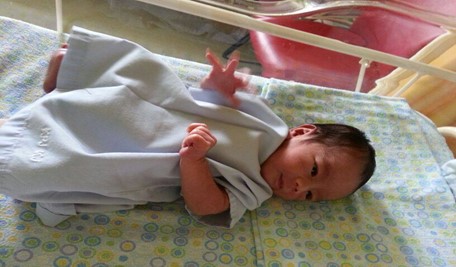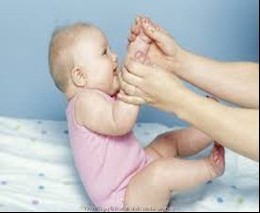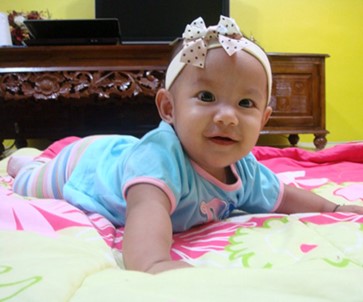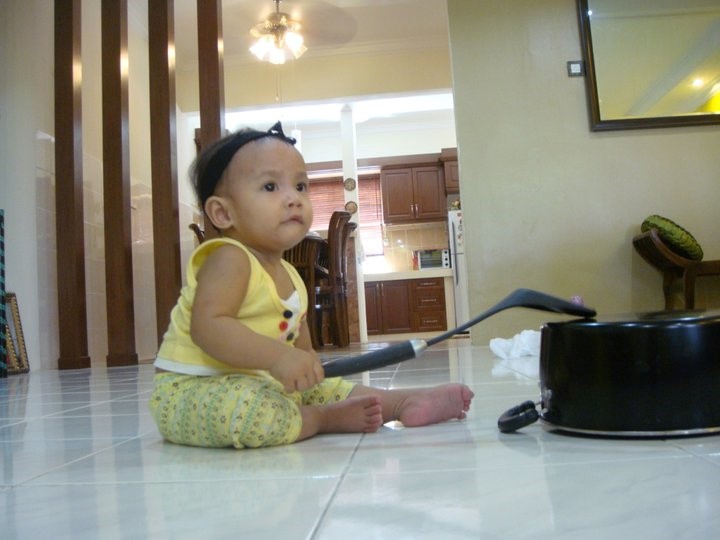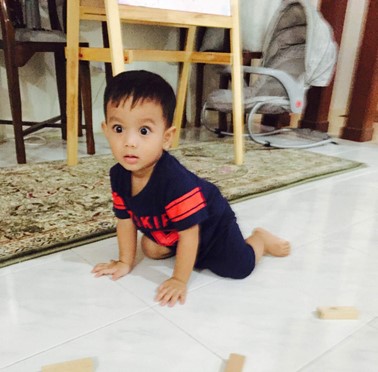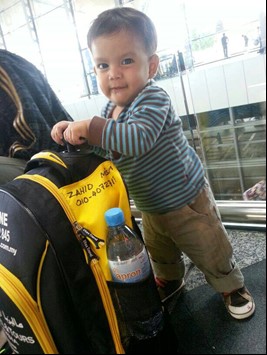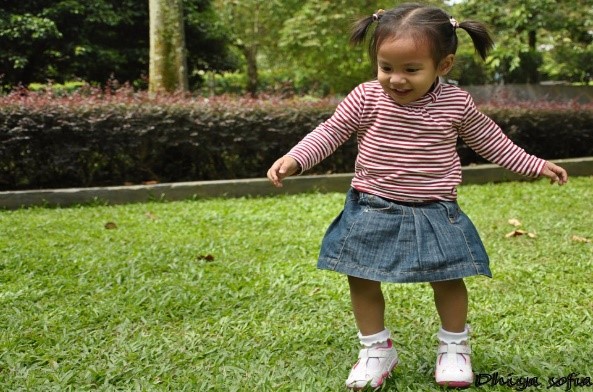Growth and development of infants and children is important to parents. Parents who are sensitive about the phase of growth and development of their children from birth to adulthood can help in the physical development, cognitive, language, social, moral, personality etc. In addition, it also helps in the process of training and educating children in accordance with the level of understanding of the needs of the infant or children.
Each infant or child has different developments.
| Age | Normal Development | Abnormal Development |
|
From birth (0-4 weeks)
Source : www.bayikusehat.com |
Most new born will:
|
|
|
4-6 weeks
Source : www.bayikusehat.com |
|
|
|
6 weeks – 3 months
Source : www.bayikusehat.com |
|
|
|
3 – 6 months
Source : www.bayikusehat.com |
Baby becoming increasingly strong and agile:
|
|
|
6 – 9 months
Source : www.bayikusehat.com |
Most babies:
|
|
|
8 – 10 months
Source : www.bayikusehat.com |
Able to crawl | Not able to crawl |
|
9 – 12 months
Source : www.bayikusehat.com |
At this stage, the baby will:
|
|
|
1 – 2 years
Source : www.bayikusehat.com |
At this age
|
Unable to walk and run |
The above shows the growth and development of infants and children in general. This can help parents to identify if children are experiencing slow development to give warning to parents to consult a paediatrician for further management. In addition to that, physiotherapist is very important to help with the development of infants and children according to their ages as stated above.
Reference
- Paulson, L. (2007). ‘Let’s talk’: Books & Babies. Retrieved January 21, 2014, from inspiritoo.com/id5/developmental-milestones-chart-for-infants.html.
- Werner, D. Child Development and Developmental Delay: Disabled Village Children, A guide for community health workers, rehabilitation workers, and families. Retrieved January 21, 2014, from http://www.dinf.ne.jp/doc/english/global/david/dwe002/dwe00236.html
- Nisha, M. Milestones Of Child Development. Retrieved from books.google.com/books?isbn=8178354985 [January 21, 2014]
- Sharman C, ?Cross W & Vennis, V. Observing Children: A Practical Guide. Retrieved from books.google.com/books?isbn=0826472389 [January 21, 2014]
- Wiseman, D. The American Family: Understanding Its Changing Dynamics and Place in Society. Retrieved from books.google.com/books?isbn=0398078351 [January 21, 2014]
- Milestones of Child Development: A Guide to Young Children’s Learning and Development from Birth to Kindergarten (2008). http://www.earlychildhood.virginia.gov
Source image
- (2014) Bayi sihat. Di ambil dari 10 ogos 2015 dari www.bayikusehat.com
| Last Reviewed | : | 23 August 2019 |
| Writer | : | Syarifah Nora binti Syed Husli |
| Translator | : | Halimah binti Hashim |
| Accreditor | : | Se To Phui Lin |
| Reviewer | : | Halimah binti Hashim |


